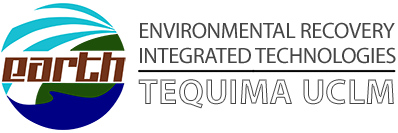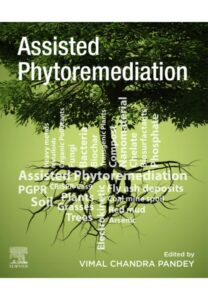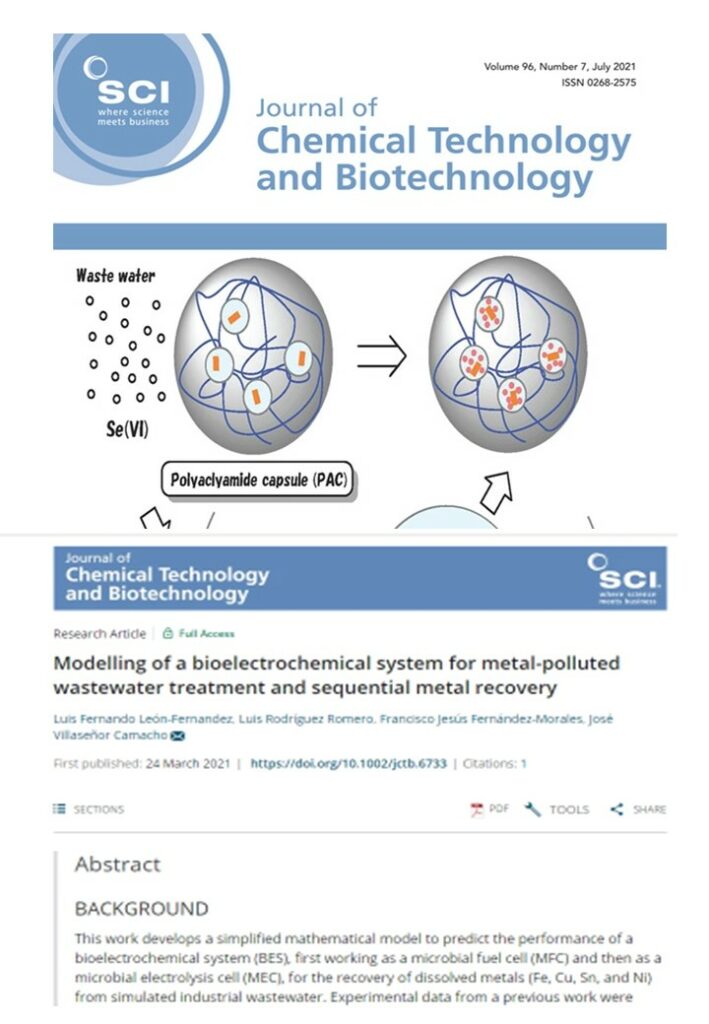Research
Research Lines
Bio-electrochemical technologies for resources recovery from metal mining waste
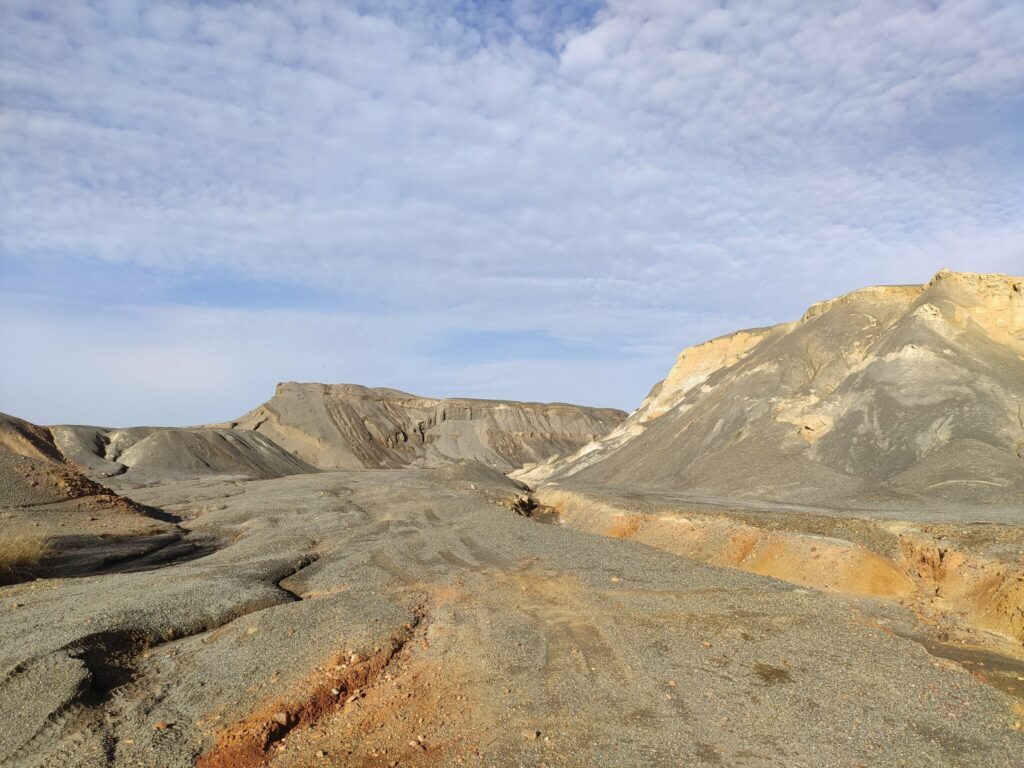
This research line proposes a novel and sustainable approach to solve the environmental problem caused by waste deposited in dumps and old metal mining facilities. Its objective is the development of new combinations of biological and electrochemical technologies for mine tailings and acid mine drainage.
Our work emphasizes the recovery of the resources contained in them, including metals and/or rare earth elements, reclaimed water, biomass and/or energy. In other words, we try to follow the concept of circular economy. The technologies to be applied will be: electro-bioleaching, electro-phytoremediation, bioelectrochemical systems and constructedl wetlands coupled to microbial fuel cells.
Characterization and environmental recovery of soils polluted by mining activities
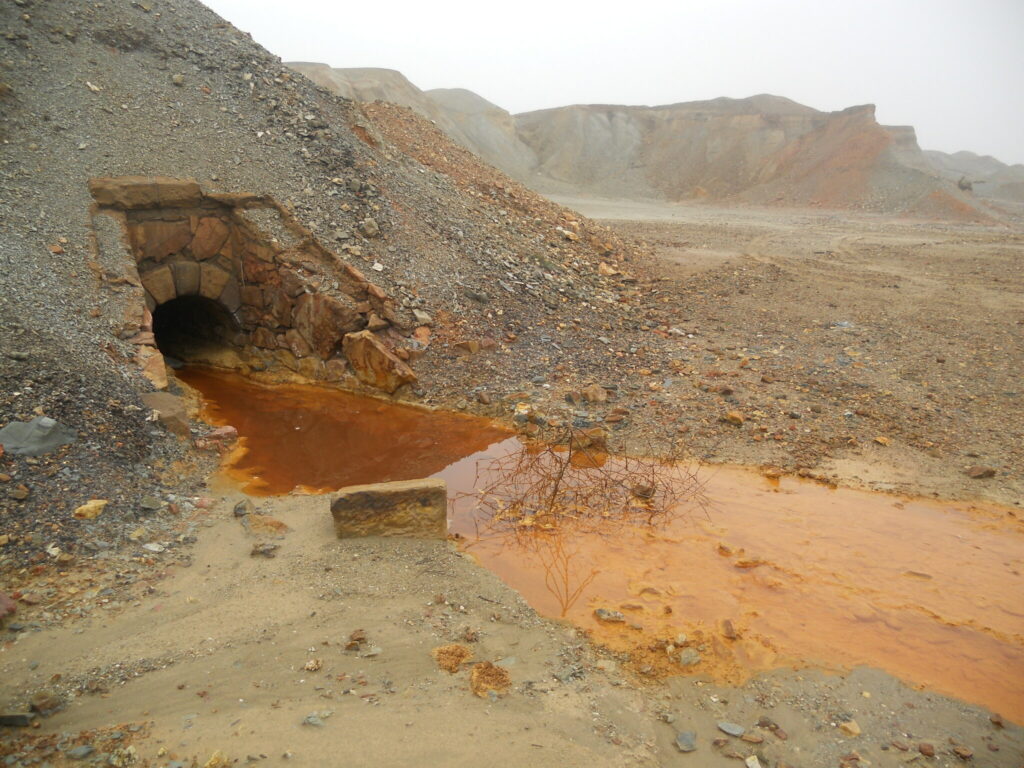
This research line is complementary to the previous one and aims to characterize abandoned metal mining sites through the analysis of different physical-chemical parameters of waste, soil, plants and surface water (total and bioavailable metals, texture, organic matter, conductivity , pH, mineralogy, etc.). It also includes its analysis and presentation using geographic information systems combined with photogrammetric technology.
The information obtained can be used for risk analysis, the feasibility of recovering resources from waste and the proposal of environmental management or rehabilitation measures.
Valorization of plant waste biomass for the synthesis of materials used in electrochemical applications
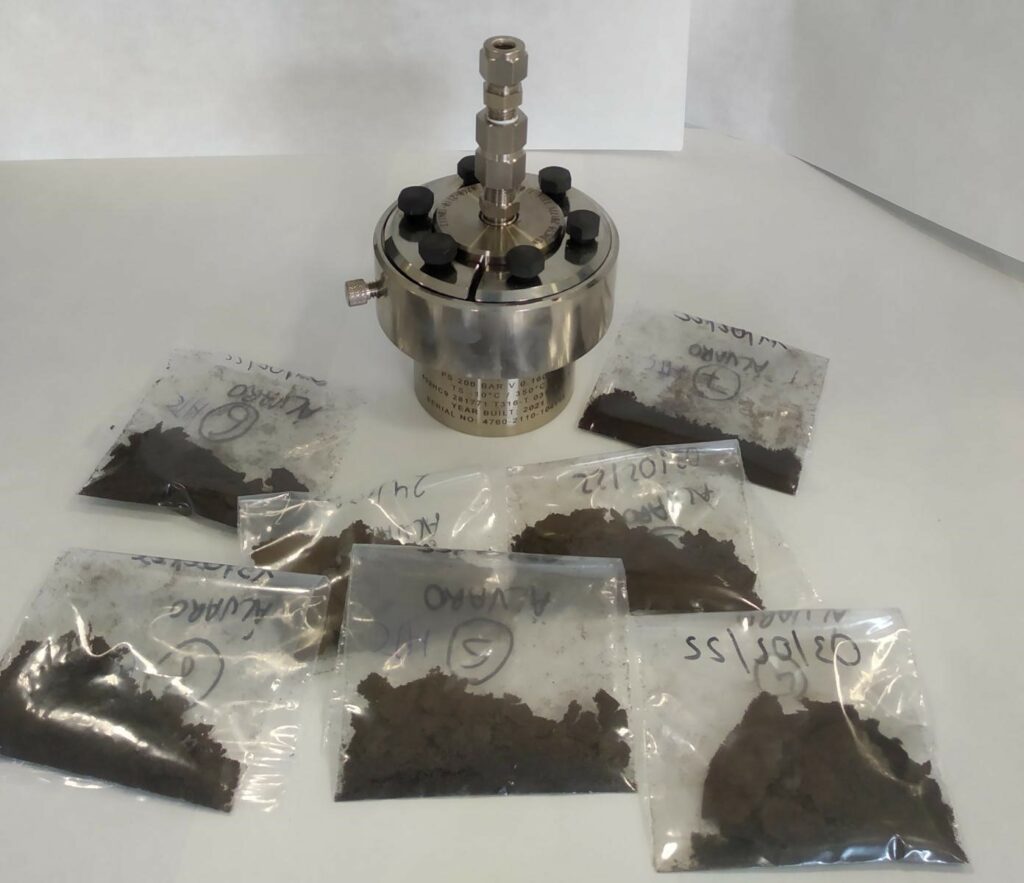
This research line aims to recover plant waste biomass that come from previous environmental treatments (phytoremediation processes, constructed wetlands) for the production of carbonaceous compounds with high added value through thermal hydrothermal carbonization (HTC) processes. These techniques allow the recovery of the starting material under the circular economy principle, improving surface properties such as thermal stability, porosity, number of surface functional groups, electrical conductivity, etc.. All of them have a great influence on the successful development of environmental applications based on electrochemical engineering (oxidant synthesis, disinfection, H2 production, etc.).2, etc.).
Research Projects
E-BIORE2MIN
Pollution caused in soils and surface and groundwater by waste from mining activities is among the main environmental concerns at the Spanish, Europeand and global levels. Metal mining stands out for its importance, whose main effects come from the dispersion of toxic metals such as Pb, Cd, Zn, As, Cu, etc. and the generation, from the oxidation of pyrite waste, of the so-called acid mine drainage (AMD).
The E-BIORE2MIN Project proposes an innovative and sustainable approach to the solution of the environmental problem considered, since its objective is the development of novel combinations of biological and electrochemical technologies for the treatment of mine tailings (fine-grained mine waste) and AMD, focusing on the recovery of the resources contained therein, including metals and/or rare earth elements, reclaimed water, biomass and/or energy; that is, in line with the circular economy concept.
Spanish Ministry of Science and Innovation
Junio 2020 a Diciembre 2023
139.150
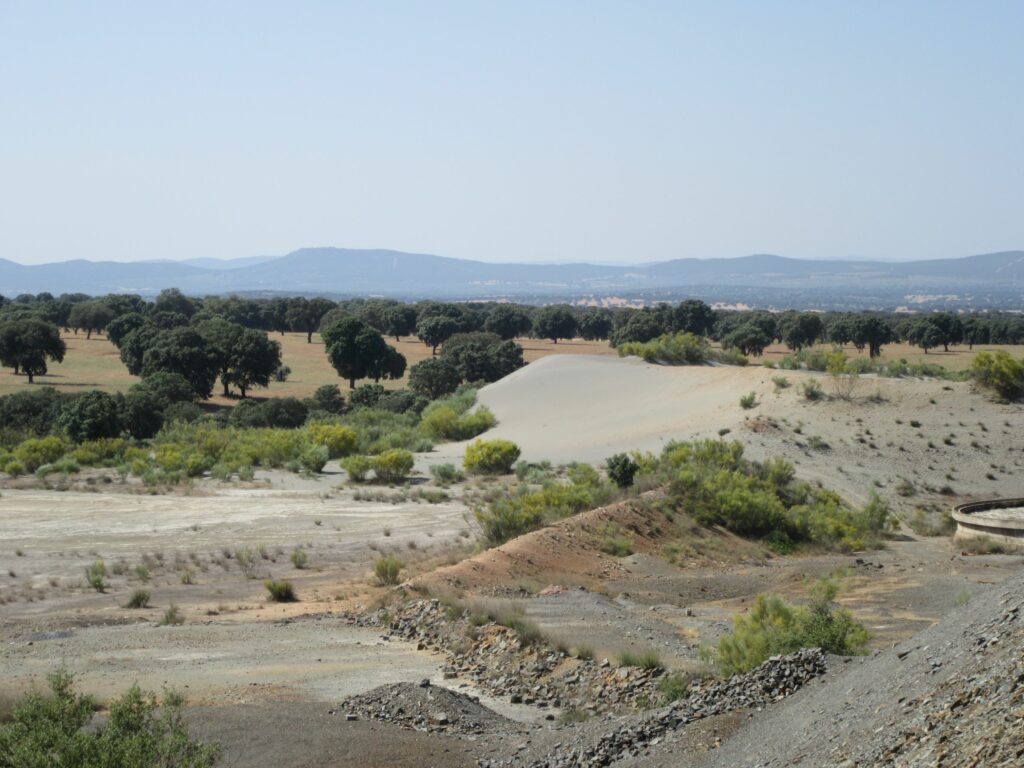
Bio-electro MineR2
Castilla-La Mancha has a long mining tradition dating back to Roman times. Since then, mining activity has generated a large amount of waste that, in many cases, was accumulated in the own mining places without adequate treatment.
Actualmente, estos residuos se encuentran abandonados debido al cese de actividad de las empresas que explotaban estos recursos mineros, con los consiguientes problemas ambientales que ello genera. En este contexto, el proyecto Bio-electro MineR2 tiene como objetivo combinar biotecnología y tratamientos electroquímicos para recuperar los recursos aprovechables, principalmente metales y tierras raras, contenidos en los residuos de minería abandonados, logrando de este modo la rehabilitación ambiental de los entornos contaminados mediante la aplicación de principios de economía circular.
Regional Goverment of Castilla-La Mancha
Enero 2020 a Diciembre 2023
122.800

ALMA MATER
El proyecto “RevALorización de residuos Mineros para la producción electroquímica de especies de Alto valor añadido a partir de MATERia vegetal contaminada”, de acrónimo Alma Mater, propone la recuperación de entornos naturales contaminados por actividades mineras abandonadas desde una óptica integral, en la que los residuos procedentes de los procesos de tratamiento son utilizados como la materia prima para la síntesis de peróxido de hidrógeno, reactivo de elevado valor añadido.
Esta propuesta está basada en la experiencia obtenida en los proyectos E-BIORE2MIN y Bio-electro MineR2, que se llevan a cabo actualmente en el laboratorio EARTH, pero pretende avanzar en una visión enfocada en la economía circular, minimizando el impacto del propio proceso de tratamiento y maximizando el valor de los subproductos generados.
Regional Goverment of Castilla-La Mancha
Septiembre 2022 a Febrero 2024
26.250

CENIT
El Proyecto CENIT pretende ser el primer intento de valorización de residuos vegetales contaminados, producidos en un proceso natural de tratamiento de aguas residuales, como materia prima para producir materiales carbonosos para aplicaciones ambientales electroquímicas de elevado valor añadido.
Para alcanzar este hito, esta propuesta tiene como objetivos 1) estudiar la síntesis de hidrochar, aplicando carbonización hidrotermal (HTC) a la biomasa contaminada obtenida tanto de humedales naturales (Parque Nacional de las Tablas de Daimiel) como humedales artificiales (CW) y 2) utilizar este hidrochar como material dopante en la síntesis de electrodos para ser aplicados en procesos de desinfección electroquímica.
Ministerio de Ciencia e Innovación
1 Diciembre 2022 a 30 Noviembre 2024
156.400
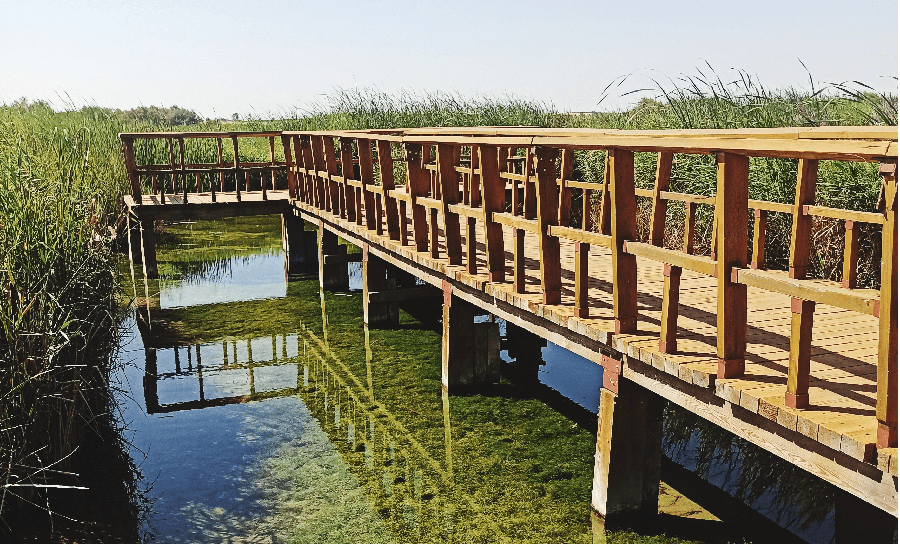
Previous projects
Sustainable electrochemical remediation of contaminated soil and groundwater polluted with organochlorines (Spanish Ministry of Economy and Competitiveness, 2016-2019).
Electrochemical technologies for the removal of pesticides from wastewater and polluted soil (Spanish Ministry of Economy and Competitiveness, 2014-2016).
Self-sustaining cleaning technology for safe water supply and management in rural African areas (European Commission, 2016-2019)
Recent Publications
L Rodríguez, V Sánchez, FJ López-Bellido (2022) Electrokinetic-assisted Phytoremediation. In: V.C. Pandey (Ed.) Assisted Phytoremediation, Elsevier, Amsterdam, pp. 371-398.
L Rodríguez L, B González-Corrochano, HL Medina-Díaz, FJ López-Bellido, FJ Fernández-Morales, J Alonso-Azcárate (2022). Does environmental risk really change in abandoned mining areas in the medium term when no control measures are taken? Chemosphere, 91 doi:10.1016/j.chemosphere.2021.133129
